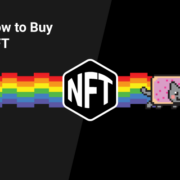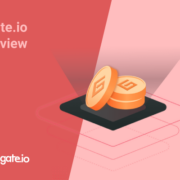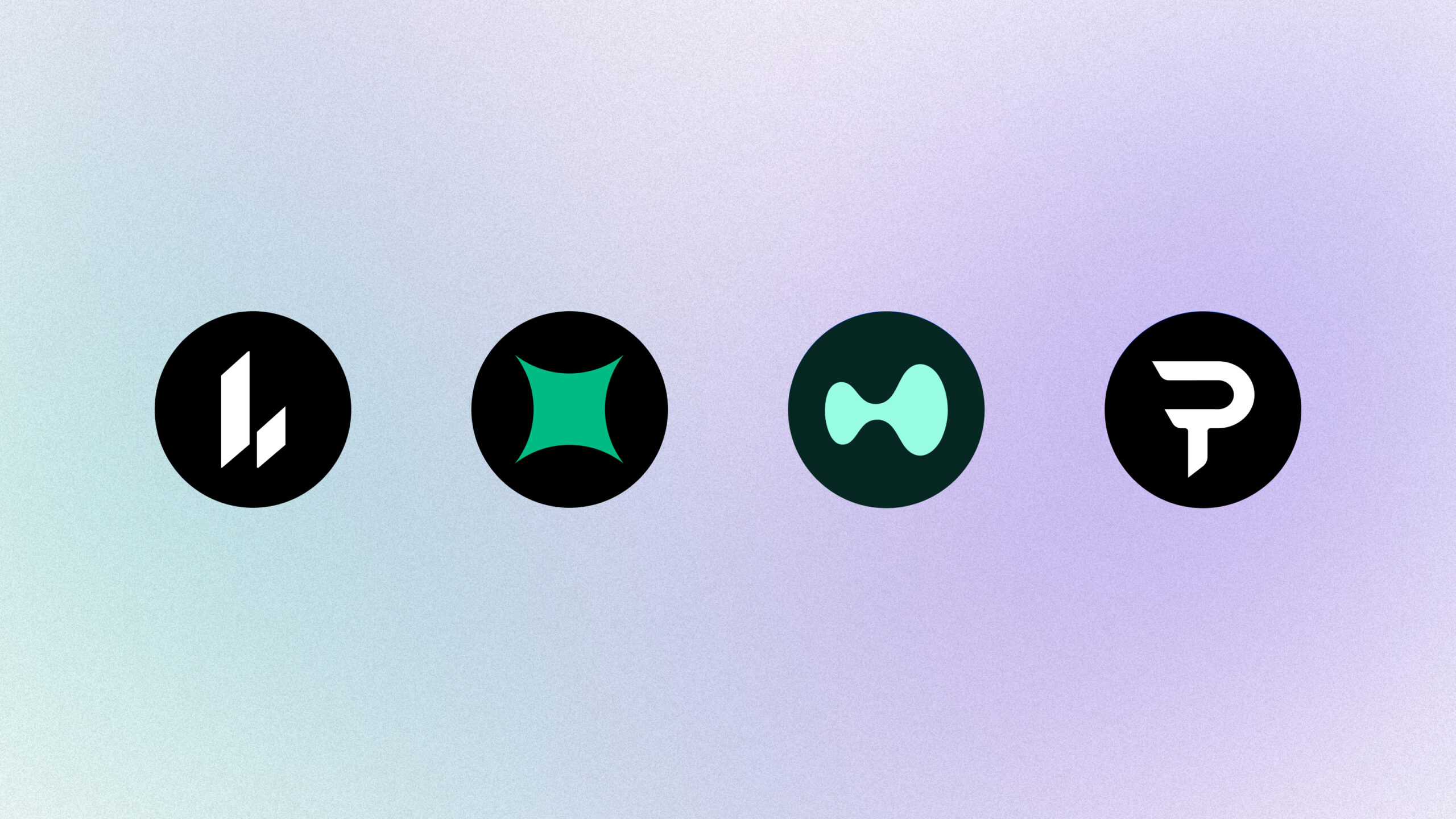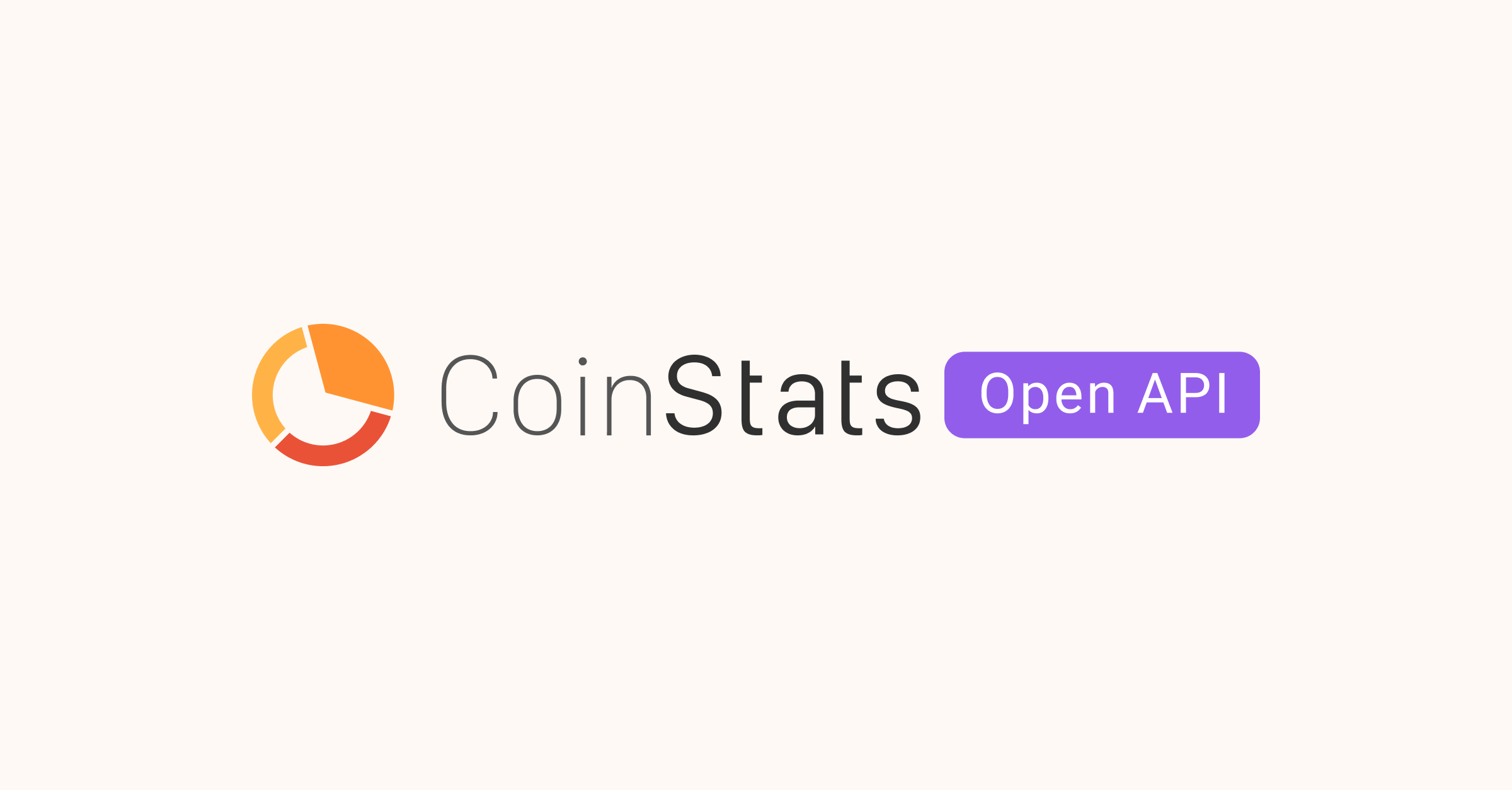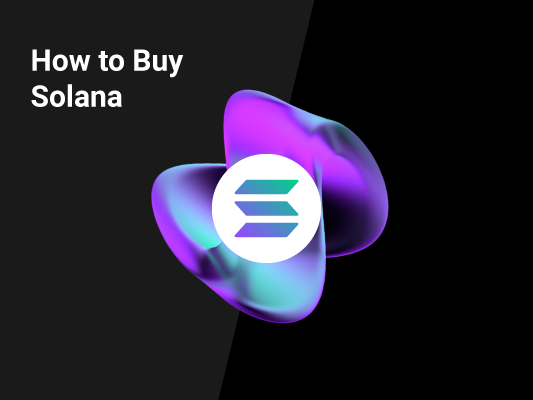
How to Buy Solana | Where, How, and Why
One of the most significant bottlenecks of several major crypto projects is none other than its low throughput. With top blockchains supporting 10, 20, or 30 transactions per second, any sudden increase in traffic could lead to skyrocketing transaction fees. One project that brought attention to itself with its immense throughput is Solana. This guide will help to explore it and learn how to buy Solana.
So, what is Solana (SOL), and why does it have the crypto world abuzz?
Solana blockchain is credited for the unparalleled performance, functionality (cross-chain), and low gas costs of dApps – from DeFi exchanges to AMMs.
So, if you’re interested in a smart contract platform and cryptocurrency that leverages an open infrastructure to provide greater scalability, then Solana (SOL) might be a good investment for you.Read on for our deep dive into the blockchain to learn everything you need to know about the Solana ecosystem, including how to trade Solana, sell Solana, or buy SOL.
Ways to Purchase Solana
Solana (SOL) is available on most cryptocurrency exchanges nowadays. To do something on the Solana network, you’ll need to purchase SOL and transfer it to a Solana wallet such as Phantom. You can transfer some cash to an exchange of your choice, buy the SOL there, and then transfer it directly to Phantom. Additionally, you can also buy and withdraw some other coins supported on the Solana network — USDT is one example.
Here is a step-by-step guide to help you with your Solana purchase:
- Open an online account. Create an account with the exchange of your choice by entering an email and providing personal identification. Once your identity has been verified, you’re ready to buy Solana (SOL).
- Buy a hardware wallet (optional). Before you trade Solana, you need to consider where you’ll store your crypto. It would be best if you store your cryptocurrency in a hardware or software crypto wallet. Hardware wallets are the most secure way to store cryptocurrency, as they store your assets offline on a physical device.
- Make your purchase. Now, you are all set to purchase SOL. Deposit funds into your account. Fund your account with a bank transfer, pay with a credit or debit card, or deposit cryptocurrency from a crypto wallet to buy Solana. You can buy USDT or Bitcoin as your means of trading. Tether (USDT) is a stablecoin pegged to $1, so it simulates investing with fiat currency. You can place market orders or limit orders.
What Are Altcoins?
“Altcoin” is a combination of the two words “alternative” and “coin” and includes all alternatives to Bitcoin. Altcoins share code and function as peer-to-peer systems or as giant computers capable of processing large amounts of data and blockchain transactions simultaneously. Most altcoins are trying to offer solutions to Bitcoin’s shortcomings and limitations.
This guide will look into Solana, a new-generation altcoin offering many features that Bitcoin doesn’t, such as allowing people to make decentralized applications (DApps), NFTs, and more. While Solana is an open-source and decentralized blockchain, like Bitcoin and Ethereum, it works using proof-of-history (PoH), as opposed to proof-of-stake (PoS) like Ether 2.0 or proof-of-work (PoW) like Bitcoin.
What Is Solana?
Solana is a highly functional open-source project based on blockchain technology’s permissionless nature to provide decentralized finance (DeFi) solutions. While the idea and initial work on the project began in 2017, Solana was officially launched in March 2020 by the Solana Foundation, with headquarters in Geneva, Switzerland. Greg Fitzgerald and Anatoly Yakovenko started this endeavor, bringing in many prominent supporters along the way.
The Solana blockchain aims to create an ecosystem of decentralized applications designed for a range of use cases.
As of January 2023, Solana has become one of the most prominent blockchains in the space. The crypto app ecosystem on Solana supports billions of dollars worth of crypto assets.
Solana uses a proof-of-history (PoH) consensus combined with the underlying proof-of-stake (PoS) consensus algorithm. With its innovative hybrid consensus model, Solana enjoys interest from institutional traders and short-term investors alike. A significant focus for the Solana Foundation is to make decentralized finance (DeFi) accessible on a larger scale.
Solana can deploy thousands of smart contracts in parallel with each other, thus allowing users to facilitate a whopping 50,000 transactions per second. Additional design goals include low trading fees and support for all LLVM compatible smart contract languages.
SOL is the native token for the Solana network and is a relatively new cryptocurrency. Users pay transaction fees in SOL when transferring funds or interacting with smart contracts. SOL is burned by the network as part of its deflationary mechanism. Since the platform uses a proof-of-stake network, participants can stake their SOL coins to become validators within the network and earn passive rewards for their efforts.
The SOL token is based on the SPL protocol (similar to the ERC20 standard of Ethereum) developed specifically for DeFi applications. SOL token holders may store their SOL in a sollet.io crypto wallet.
As of writing, Solana (SOL) is the 11th largest cryptocurrency globally by market cap, with a market cap of $5,986,885,864. The coin, which started trading at around $0.75 in April 2020, has seen such a meteoric increase in this short time. Even with the latest significant price drop taken into account, SOL is still performing fairly well, keeping its position around the top10 strongest cryptocurrencies.
What Is Special About Solana?
Solana blockchain handles significantly more transactions per second than Ethereum, with extremely low trading fees. It is a PoS-based blockchain, which makes it more environmentally friendly than PoW blockchains.
In practice, once you hold SOL coins and Solana-based tokens in a wallet, you can start trading one token for another on decentralized exchanges running on blockchains like Binance Smart Chain, or you can buy an NFT on the Solanart marketplace.
Another reason Solana has attracted so much attention recently is because of the network’s entry into non-fungible tokens (NFTs), which can be anything digital such as art or music that are sold with tech.
The Solana team has developed eight core technologies to build a decentralized, permissionless network that equals a single node’s performance. Other blockchains may find it hard to compete with its large trading volume.
Here is the list:
- Proof-of-history (PoH) — a clock (timestamp) before consensus
- Tower BFT — a PoH-optimized version of PBFT
- Turbine — a block propagation protocol
- Gulf Stream — Mempool-less transaction forwarding protocol
- Sealevel — parallel smart contracts run-time
- Pipelining — a Transaction Processing Unit for validation optimization
- Cloudbreak — horizontally-scaled accounts database
- Archivers — distributed ledger storage
There are more than 400 projects currently built on the Solana network. These also include decentralized finance applications.
Why Do You Need to Be Careful When Investing in Cryptocurrency?
When investing in cryptocurrency, you should consider its volatility, the potential for undiscovered smart-contract bugs, and unpredictability. Many exchanges have been subject to hacking incidents, and you could suffer severe losses if you choose a crypto exchange with lackluster security. Security breaches could also put your cryptocurrency investment at risk. It’s also important to do your research before you hand over any money.
Investing in cryptocurrencies and Initial Coin Offerings (“ICOs”) is highly risky and speculative, and this article is not investment advice or recommendation to invest in them. A qualified professional should always be consulted before making any financial decisions.
Why Choose Solana Over Other Cryptocurrencies?
While currently impacted by the downfall of FTX (one of its most prominent investors), Solana’s fundamentals have improved exponentially since its inception.
With the sheer number of Solana’s DeFi and NFT projects, most consider it one of the top competitors to Ethereum, which hosts the largest number of DeFi and NFT projects out of all the blockchains.
Its SOL token is certainly far from its all-time high of $250 — however, with its strong fundamental outlook, this may be a positive for some growth investors.
Solana is also hosting several strong projects, including STEPN, Star Atlas, Raydium, and more.
Solana uses PoH and PoS to validate transactions that make the network more trustworthy. It also offers faster transactions, lower fees, and higher scalability compared to Ethereum.
Solana also brings about DeFi and NFTs as the new frontiers of growth in the blockchain ecosystem.
What Is Next for Solana?
Solana has benefited from the increasing popularity of DeFi, and NFT and the competition in this space are heating up in 2021. However, the most recent crash of FTX exchange has pushed the price of SOL to around $10.
However, Solana is still one of the most popular blockchains, both in terms of developer activity and user support.
Solana still has a long way to go to catch up with its competitors, especially Ethereum, for which it offers a better alternative. However, market predictions say that Solana shows a lot of potential.
Considering how well Solana has done so far, it is safe to say that it will continue to do very well in the foreseeable future.
Conclusion
Solana has quickly evolved into an interconnected DeFi ecosystem with a growing sphere of dApps focused on interoperability and scalability.
Solana is a robust proof-of-stake smart contract network that can handle meaningfully more transactions per second than any L1 smart contract blockchain without meaningfully compromising on security or decentralization. The primary use cases for the $SOL token are staking and paying transaction fees.
Solana currently leads several competitors in terms of network participation (transactions per day and applications built on the network). The number of projects on Solana’s network is also increasing.
Solana shows a lot of promise; it has a burgeoning app ecosystem and some of the most prominent venture capitalists in the space, as well as the support of popular projects built on it.
